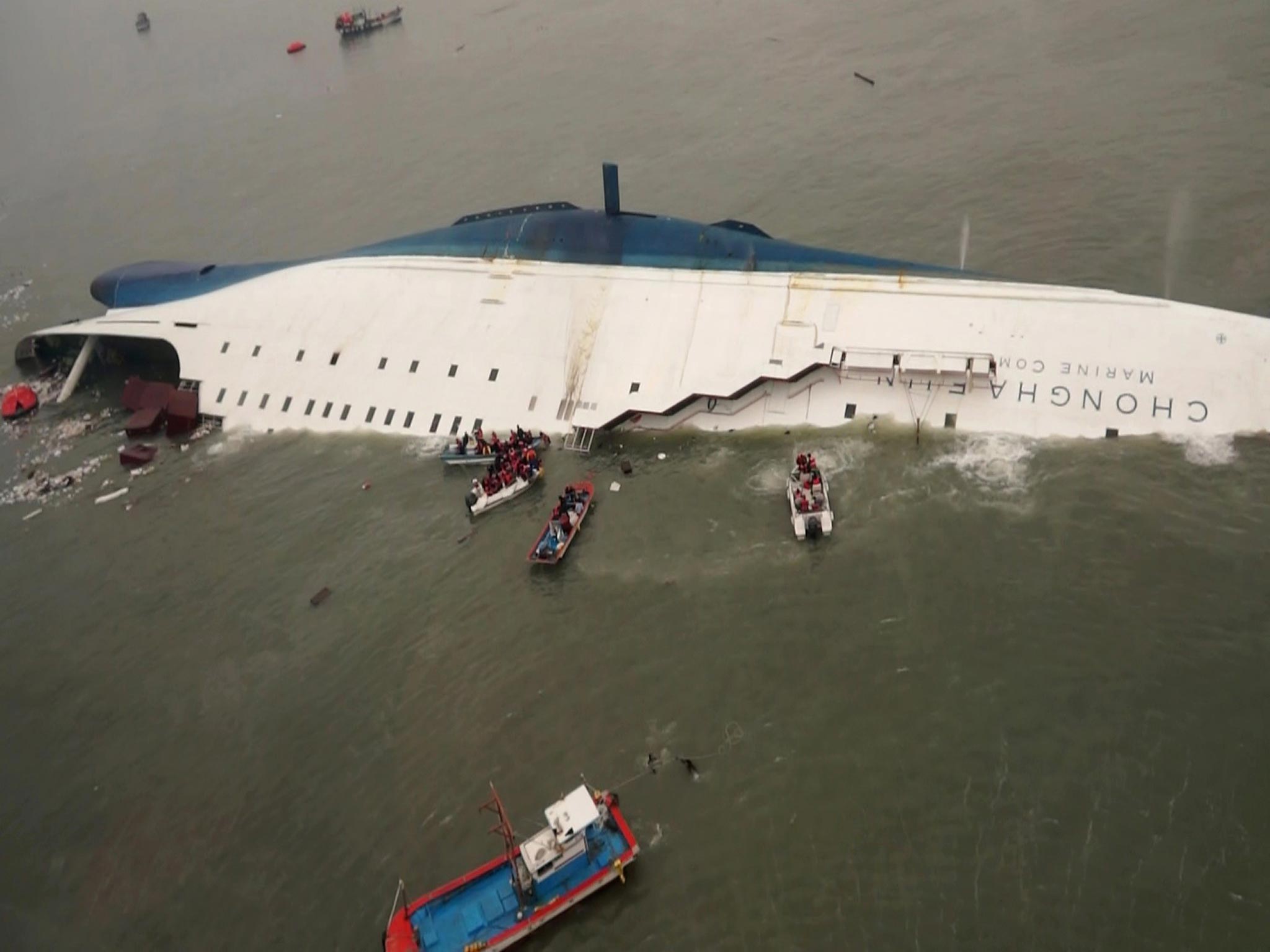Forget air crashes, it's Asian ferries that tourists should really be wary of

Western travellers heading East may understandably focus on air safety, and in particular the awful death toll aboard the two Malaysia Airlines jets lost earlier this year. Yet tourists face far higher risks at sea level aboard Asian ferries.
Westerners who survived the sinking of a tourist boat hit by a storm between Lombok and Komodo in Indonesia have said that the vessel lacked basic navigation and lifesaving gear. This will come as no surprise to the Foreign Office, which has consistently warned visitors to Indonesia: “Inter-island travel by small boat can be dangerous as storms appear quickly and safety equipment is often limited.” The FCO says that the nation suffered 10 sea accidents in Indonesia in 2011 alone, claiming more than 100 souls.
The International Maritime Organization (IMO) rates “the unacceptable loss of lives” on domestic ferries in Asia as its top priority. Asia has a high population concentrated in locations where many journeys are most easily or cheaply covered by ferry - often through busy waterways. To make the combination more lethal, officers are sometimes poorly trained and vessels ill-maintained.
The sinking of a South Korean ferry in April made headlines because of the scale of the calamity: 300 victims, many of them schoolchildren. Yet other, lesser tragedies appear almost routine. Among little-publicised recent events, more than 100 people drowned a year ago this week when an inter-island ferry collided with a cargo ship in the Philippines.
For the past three years, the IMO has sought to tackle Asia’s fatal weakness by raising navigational standards and improving safety equipment. The campaign is known as the Bali Action Plan, for the Indonesian island where it was formulated in 2011. Sadly, the lessons do not seem to have extended even as far as Bali's neighbouring island of Lombok, from where the doomed ferry sailed. It was the second sinking from the island this year; another vessel from Lombok was lost in January, along with at least 12 lives.
Until national governments make serious efforts to stem the death toll, travellers need to formulate their own action plan. Take local advice on the ferry operator; if you are wary of the vessel or unconvinced by its crew, consider flying rather than sailing. But should you opt for the boat, ensure you know where the on-board safety equipment is located - and stay alert in case you need to use it.
Join our commenting forum
Join thought-provoking conversations, follow other Independent readers and see their replies
Comments